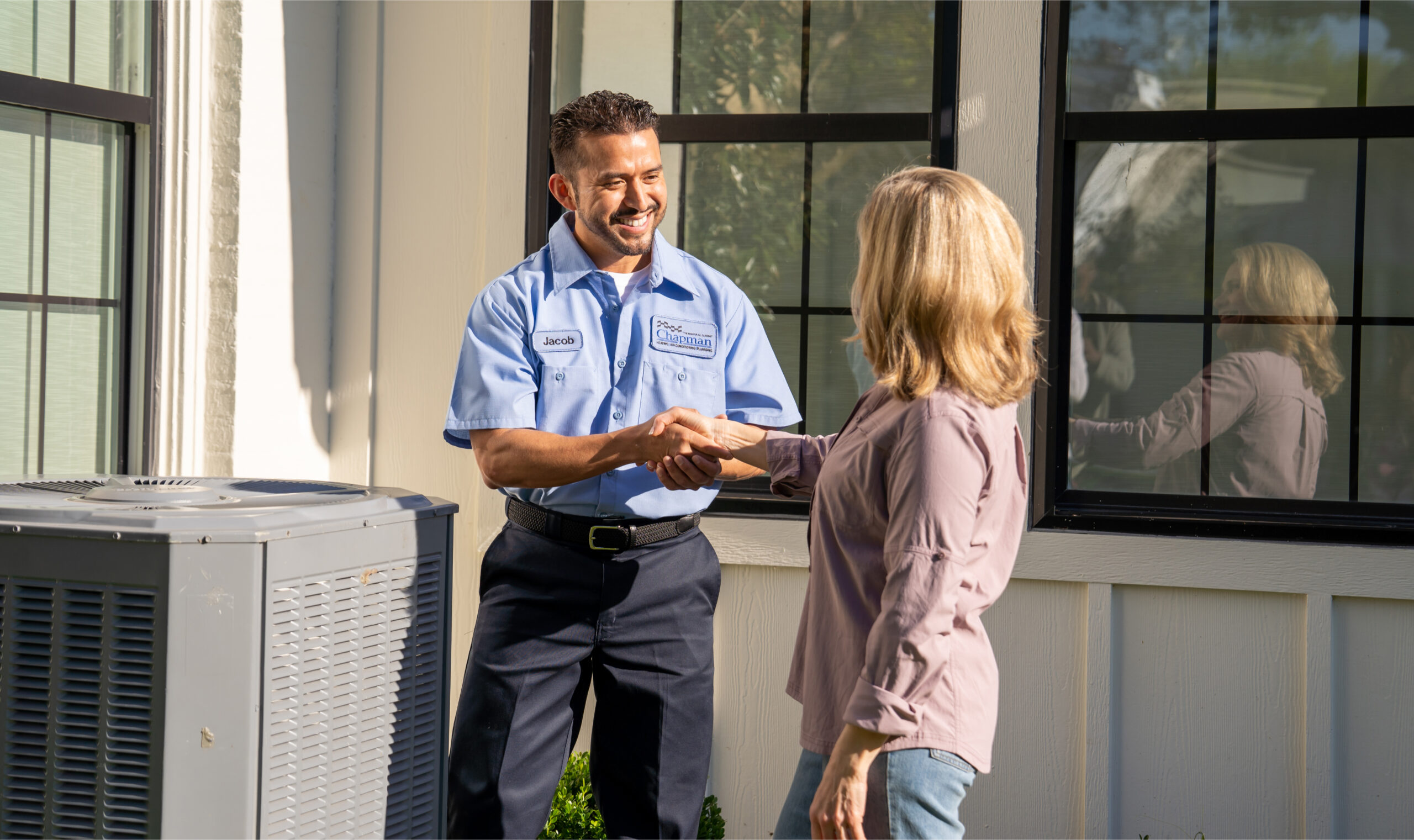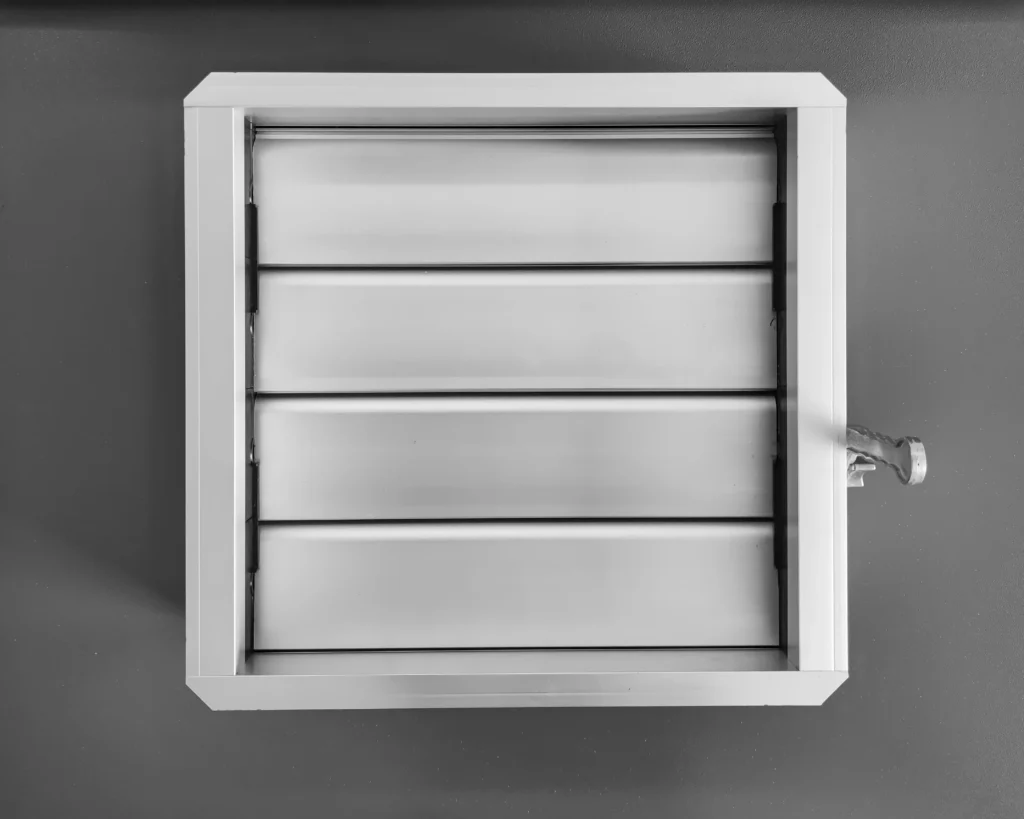
Blog
Comfortable, Attractive and Economical: Ductless Heat Pumps

Most people are familiar with what ductwork looks like in a typical ceiling, wall or floor. Those ducts are there to move warm and cool air throughout a home. But what do you do if you don't have ducts?
While most homes built in the last sixty five years certainly do, that is not the case in older homes. Those wonderful pre-war homes and apartments have great windows, beautiful floors, interesting wood woodwork, and heating and cooling challenges.
For these homes and buildings ductless, mini-split-system heat pumps are a great way to bring modern heating and cooling to these classic structures without tearing up and completely rebuilding walls.
They are also a good choice when you are adding on to an existing structure like a sun room, where extending the distribution ductwork from the rest of the hose is not practice
How do they work?
In many ways the ductless unit, also called a mini split works like a traditional air-source heat pumps. There are two main pieces: the outdoor compressor complete with a condensing coil and an indoor air-handling unit. Instead of being installed in a closet or basement, the indoor unit is mounted on a wall. A conduit links the outdoor and indoor units recycling the refrigerant as needed.
The connection between the outdoor and indoor units usually only requires a three-inch hole through a wall for the conduit. The outdoor unit can actually be placed as far as 50 feet from the indoor unit. So even if you are using mini splits to condition rooms on the front side of a house you can tuck the condensing units away on the side or back of your home.
Attractive indoor units
The indoor units are designed to blend into your room. They are typically about seven inches deep with a sleek, high tech exterior. The units can be hung high on a wall, suspended from a ceiling or mounted flush into a drop ceiling. With a hand held remote control you can control the temperature in your room from the comfort of your couch.
The small units are designed to condition an individual room so you have an opportunity to create custom comfort zones. Some systems can have as many as four indoor air-handling, each one with its own thermostat. This allows you to control the temperature in each room. Southern facing rooms with lots of windows can get a little more cool air while rooms throughout the rest of the home do not.
And since each room has its own thermostat, you can actually turn off units in unoccupied rooms, saving energy and lowering your utility bills.
No ductwork means less energy loss
There is one more energy benefit owners of mini splits enjoy since there is no ductwork , no energy loss in the ducts. In a traditional forced air system, you often see as much as 30% of the energy consumption lost in unconditioned spaces as the ducts run through attics or crawl spaces. No ducts? No wasted energy.
Compared to traditional duct central air systems, ductless mini split air conditioners have a slight advantage in Seasonal Energy Efficient Ratings (SEER). On average, central air systems have a rating between 21-18, whereas ductless units range between 23-21.
New technology requires new skills
At Chapman Heating and Cooling, our technicians have been specially trained to correctly size, install and service these units. Call us today to see if a ductless heat pump is a good solution for your home.
Looking for ductless air conditioner or heat pumps contact Chapman Heating, Air Conditioning, and Plumbing, today










